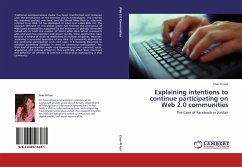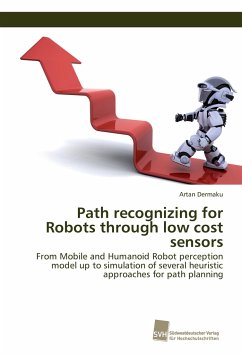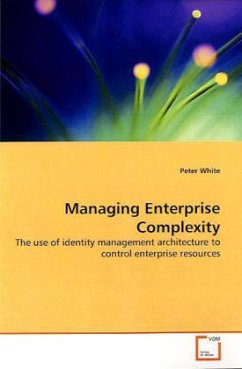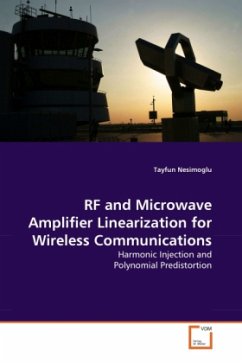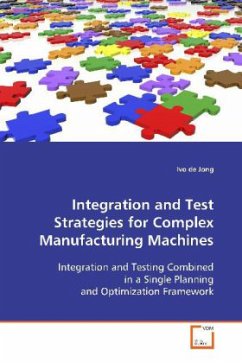
Recognizing Intentions
Improving Human-Machine Collaboration by Recognizing Intentions
Versandkostenfrei!
Versandfertig in 6-10 Tagen
32,99 €
inkl. MwSt.

PAYBACK Punkte
16 °P sammeln!
Robot systems have been used extensively during thelast decades to provide automation solutions in anumber of areas. Most of the currently deployedautomation systems are limited in that the tasks theycan solve are required to be repetitive andpredicable. Therefore the robotics and artificialintelligence research communities have madesignificant research efforts to produce moreintelligent machines. Although significant progresshas been made towards achieving robots that caninteract in a human environment there are currentlyno system that comes close to achieving the reasoningcapabilities of hum...
Robot systems have been used extensively during the
last decades to provide automation solutions in a
number of areas. Most of the currently deployed
automation systems are limited in that the tasks they
can solve are required to be repetitive and
predicable. Therefore the robotics and artificial
intelligence research communities have made
significant research efforts to produce more
intelligent machines. Although significant progress
has been made towards achieving robots that can
interact in a human environment there are currently
no system that comes close to achieving the reasoning
capabilities of humans.
In order to reduce the complexity of the problem some
researchers have proposed an alternative to creating
fully autonomous robots capable of operating in human
environments. The proposed alternative is to allow
fusion of human and machine capabilities.
Segmentation and recognition of operator generated
motions can be used to provide appropriate assistance
during task execution in teleoperative and
human-machine collaborative settings.
This book describes research towards enabling
improved human-machine collaboration using intention
recognition.
last decades to provide automation solutions in a
number of areas. Most of the currently deployed
automation systems are limited in that the tasks they
can solve are required to be repetitive and
predicable. Therefore the robotics and artificial
intelligence research communities have made
significant research efforts to produce more
intelligent machines. Although significant progress
has been made towards achieving robots that can
interact in a human environment there are currently
no system that comes close to achieving the reasoning
capabilities of humans.
In order to reduce the complexity of the problem some
researchers have proposed an alternative to creating
fully autonomous robots capable of operating in human
environments. The proposed alternative is to allow
fusion of human and machine capabilities.
Segmentation and recognition of operator generated
motions can be used to provide appropriate assistance
during task execution in teleoperative and
human-machine collaborative settings.
This book describes research towards enabling
improved human-machine collaboration using intention
recognition.



